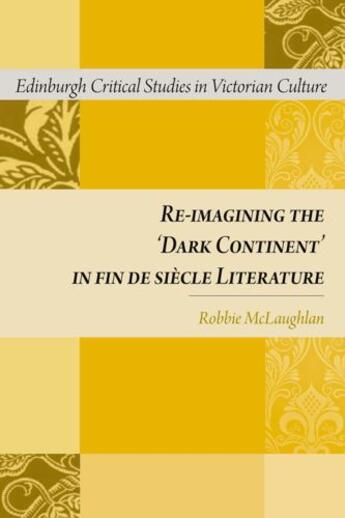Des idées de lecture pour ce début d'année !
Passionné(e) de lecture ? Inscrivez-vous
gratuitement ou connectez-vous pour rejoindre la
communauté et bénéficier de toutes les fonctionnalités du site !

Maps the fin de siecle mission to open up the 'Dark Continent.' Although nineteenth-century map-makers imposed topographic definition upon a perceived geographical void, writers of Adventure fiction, and other colonial writers, continued to nourish the idea of a cartographic absence in their work. This study explores the effects of this epistemological blankness in fin de siecle literature, and its impact upon early Modernist culture, through the emerging discipline of psychoanalysis and the debt that Freud owed to African exploration. The chapters examine: representations of Black Africa in missionary writing and Rider Haggard's narratives on Africa; cartographic tradition in Conrad's Heart of Darkness and Jung's Memories, Dreams, Reflections; and mesmeric fiction, such as Richard Marsh's The Beetle, Robert Buchanan's The Charlatan and George du Maurier's Trilby. As Robbie McLaughlan demonstrates, it was the late Victorian 'best-seller' which merged an arcane Central African imagery with an interest in psychic phenomena.
Il n'y a pas encore de discussion sur ce livre
Soyez le premier à en lancer une !

Des idées de lecture pour ce début d'année !

Si certaines sont impressionnantes et effrayantes, d'autres sont drôles et rassurantes !

A gagner : la BD jeunesse adaptée du classique de Mary Shelley !

Caraïbes, 1492. "Ce sont ceux qui ont posé le pied sur ces terres qui ont amené la barbarie, la torture, la cruauté, la destruction des lieux, la mort..."